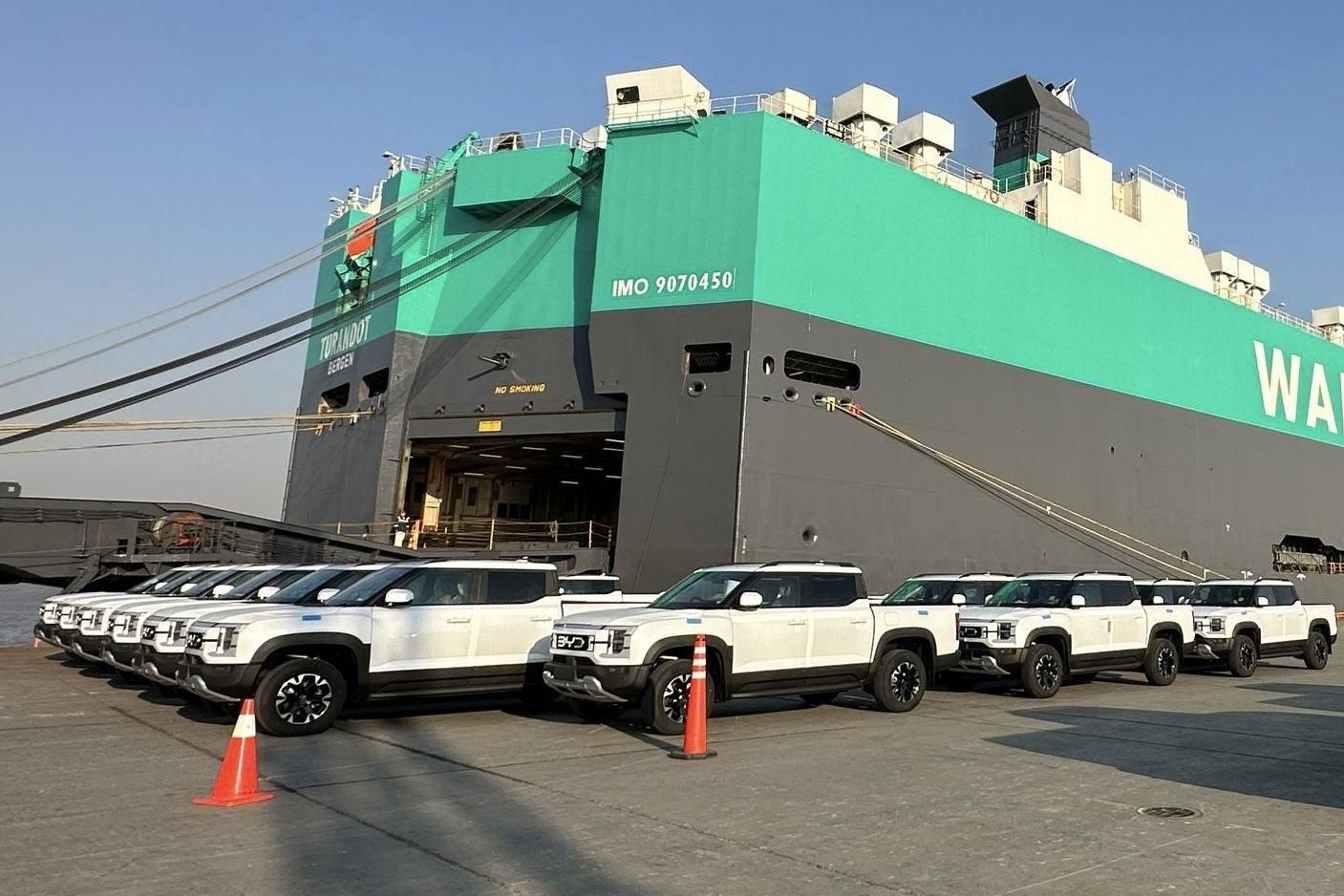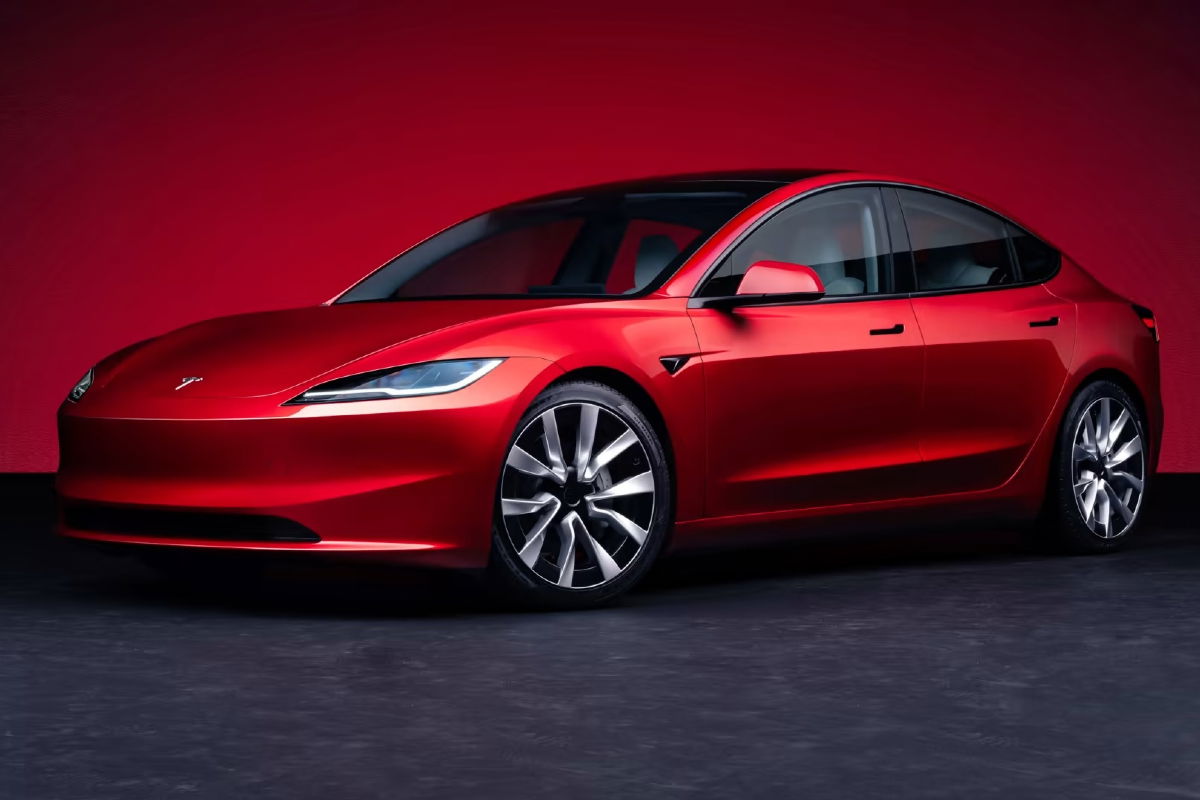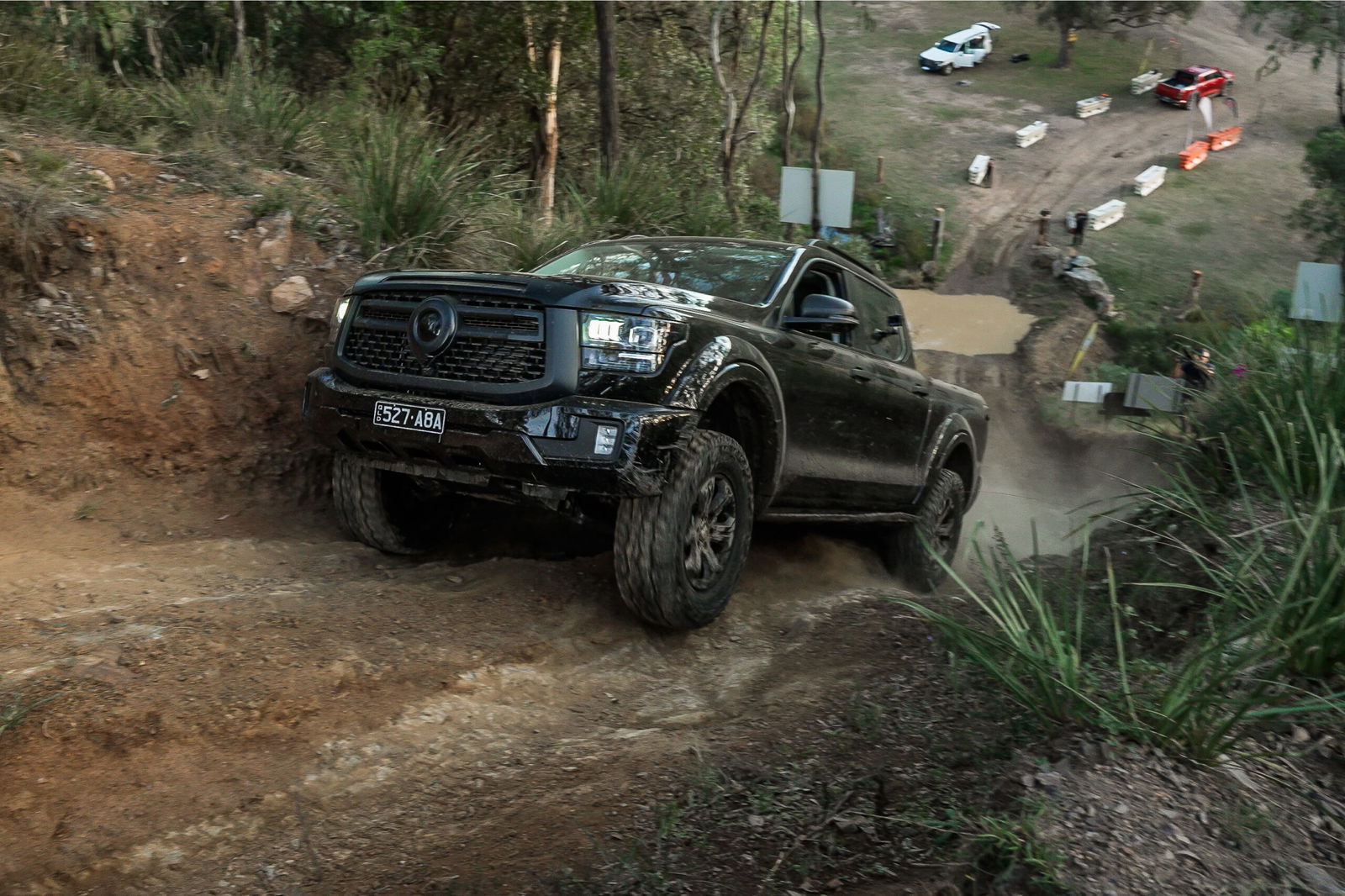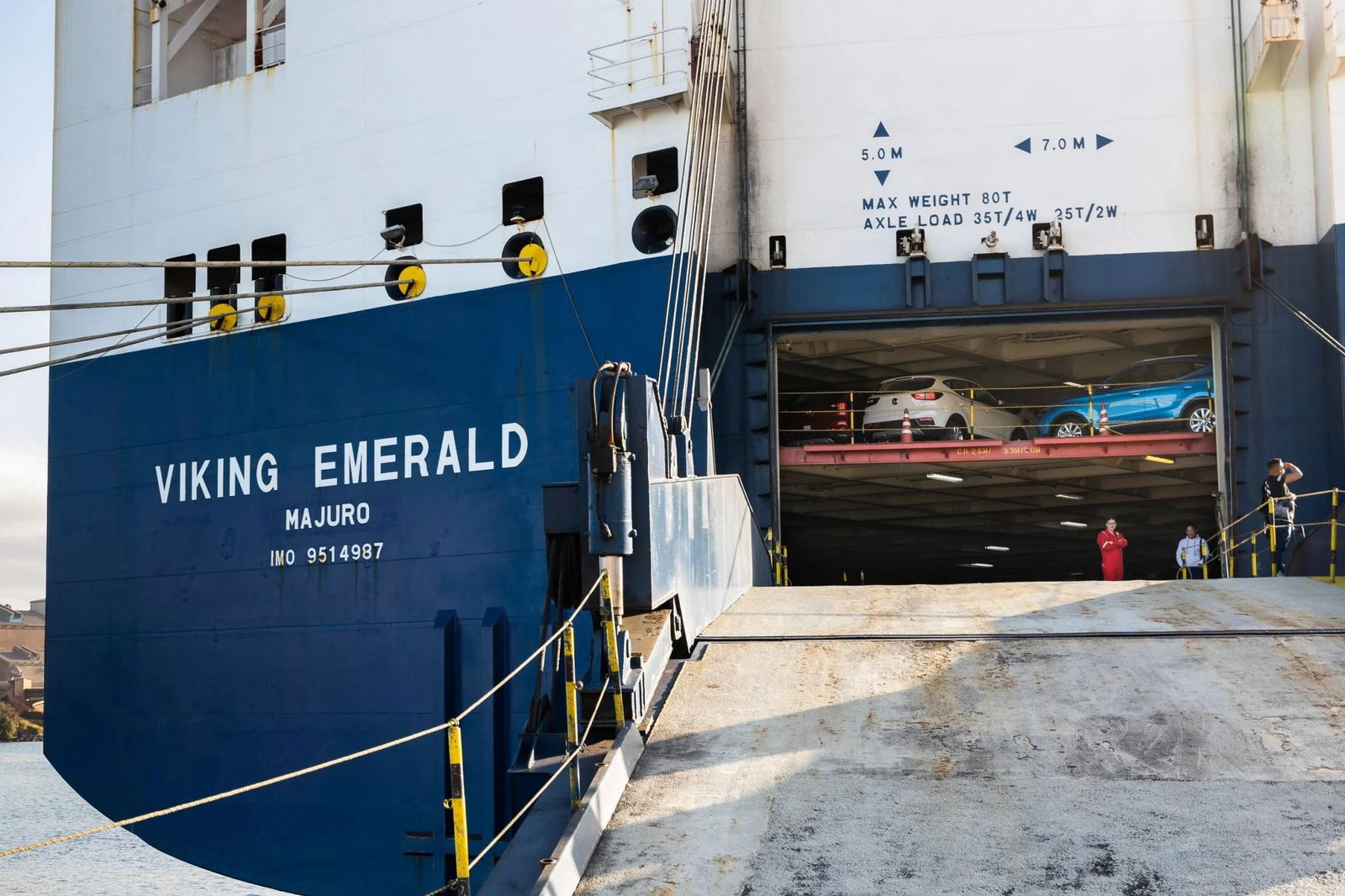Australia’s New Vehicle Efficiency Standard (NVES) and the emergence of electrified vehicles from China is expected to make the nation an export powerhouse to local shores by the end of 2035.
In a report by the Centre for International Economics (CIE) – commissioned by the Australian Automotive Dealer Association (AADA) – China has been forecast to become the main exporter of vehicles to Australia by an overwhelming majority within the next decade.
According to the report, Chinese vehicles could account for 43 per cent of all deliveries in Australia in 2035, well ahead of its approximate 17 per cent share at the end of 2024.
It’s understood that the last time there was such a commanding lead by sales share in Australia was at the height of local manufacturing. However even 10 years ago, Australian-made cars accounted for just eight per cent of all vehicles sold, while China’s contribution was less than two-tenths of a per cent.

The expected increase of Chinese vehicle sales will naturally take away from current leader Japan, with the CIE forecasting the latter nation’s contribution will fall from 32 to 22 per cent.
Likewise, Thailand – which is the second-largest vehicle exporter to Australia – is estimated to fall from 21 to 11 per cent of the local market, remaining ahead of South Korea (13 to eight per cent).
CIE’s report details the NVES as a major factor behind what is expected to be a seismic shift, with China already accounting for 65 per cent of Australia’s new electric vehicle market, while it’s introducing more plug-in hybrids at affordable prices to cut tailpipe emissions.
The NVES is aimed at reducing the emissions of a carmaker’s fleet, with brands fined $100 for every gram per kilometre (g/km) their vehicles are over the emissions limits.

For ‘Type 1’ passenger vehicles, this limit is 141g/km in 2025, before reducing to 117g/km in 2026, 92g/km in 2027, 68g/km in 2028 and 58g/km in 2029.
For ‘Type 2’ light-commercial and off-road vehicles, this means a target of 210g/km in 2025, 180g/km in 2026, 150g/km in 2027, 122g/km in 2028 and 110g/km in 2029.
“While overall sales from many countries are still projected to grow, China stands out and is set to benefit the most from the introduction of the NVES,” the report reads.
“Its strong position in EV manufacturing, supported by supply chain advantages and government backing, means vehicles produced in China are expected to gain market share at a faster rate. In contrast to the slower growth other exporting countries may observe.
‘This low emissions transition highlights a broader structural shift. As emission standards tighten, supply chains globalise and EV technology dominates, China is set to play an increasingly central role in Australia’s automotive future and redefine our automotive landscape.”

AADA CEO James Voortman detailed what the report’s findings could mean for Australia’s car dealers at the peak body’s recent annual convention.
“Australia is at an inflection point where we are going to see exponential growth of sales and new brands from China which we are already starting to see now. This growth comes on top of the change to electric vehicle drive trains,” Mr Voortman said.
“This rate of growth can have unintended implications to consumer protections such as the supply of parts, wait times to service vehicles, and the long-term ability of manufacturers to guarantee their consumer warranties.”
“Australian consumers have long expected a level of service from AADA members upon purchasing a new vehicle and we want to continue to meet that expectation.

“To do that, we will be talking to [the Federal] Government about what consumer protections are adequate and appropriate to support Australian dealers and consumers in what is, on average, the second largest asset Australians buy in their lifetime.”
Last month, BYD became the first Chinese brand to achieve a top five monthly sales result, while GWM also sits seventh in the year-to-date sales charts.
However, last year the total number of cars imported from China – which includes those made there by manufacturers of other nationalities – was less than Toyota’s total deliveries, as the Japanese giant recorded its 22nd year as Australia’s best-seller.













Discussion about this post